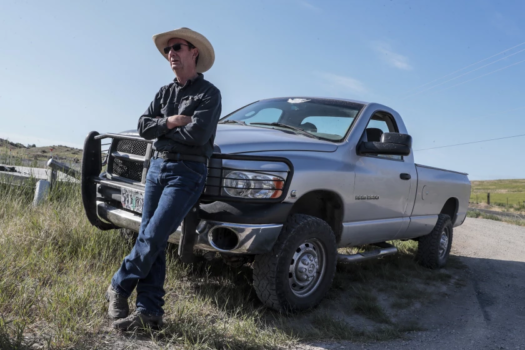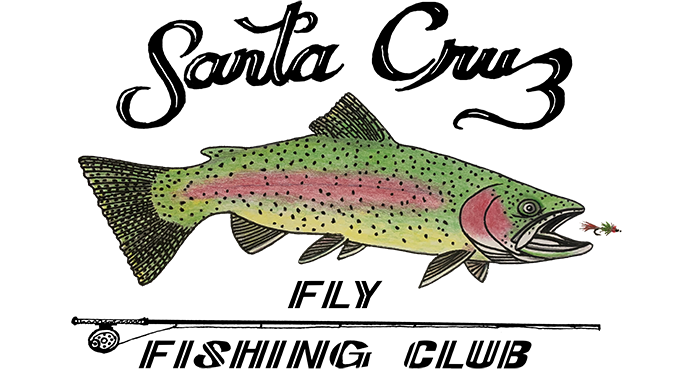
Farmer Tracey Liskey believes his efforts to save the endangered sucker fish will help end a conflict over water on the California-Oregon border.(Robert Gauthier / Los Angeles Times)
BY ANITA CHABRIA, HAILEY BRANSON-POTTS
JULY 22, 2021 5 AM PT
TULELAKE, Calif. — It’s a strange place to find fish, deep in the high desert, where drought-baked earth butts against scrubby mountains.
But water spews from the hot springs on Ron Barnes’ land near the California-Oregon border, pure and perfect for rearing c’waam and koptu, two kinds of endangered suckerfish sacred to Native American tribes.
Barnes, who holds an advanced degree in aquaculture from UC Davis, has dug dozens of ponds on his property and filled them with thousands of young suckerfish. He hopes raising and releasing them into the wild will end the region’s epic water wars — or at least get federal regulators out of the mix before his neighbors descend into violence.
“We have to take a pragmatic view of this thing,” said Barnes, standing near his black-bottomed lagoons under an intense morning sun. “The single most effective way to get the government off our backs is to restore the fish population.”
The suckerfish, which are on the endangered species list, are at the heart of a rancorous water controversy. They typically spawn in nearby Upper Klamath Lake, an agricultural reservoir that is growing increasingly dry and toxic. To ward off their extinction, federal regulators have cut off every drop that normally flows from the lake to the Klamath Reclamation Project, a federally built web of irrigation canals that once held the promise of almost limitless water for nearby farms. …
Posted on July 28th, 2021
